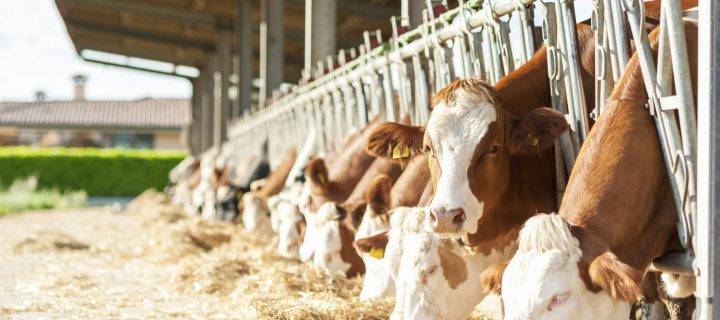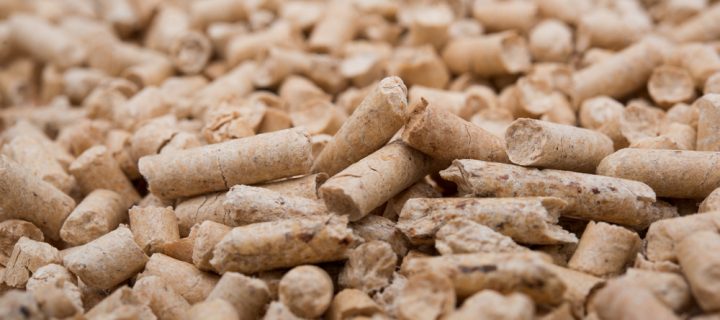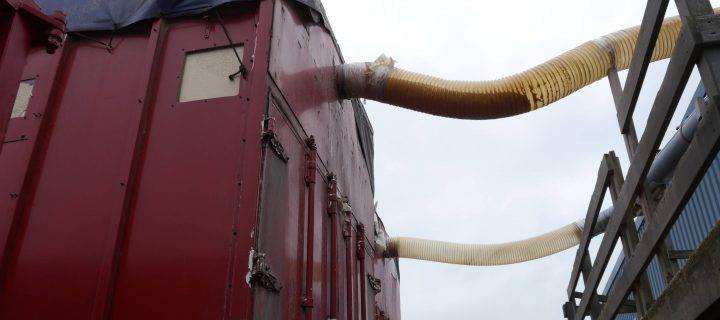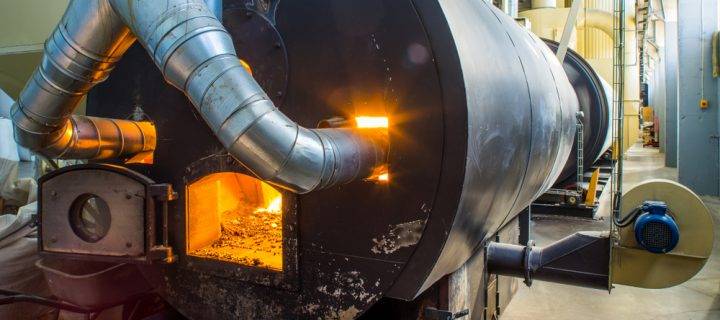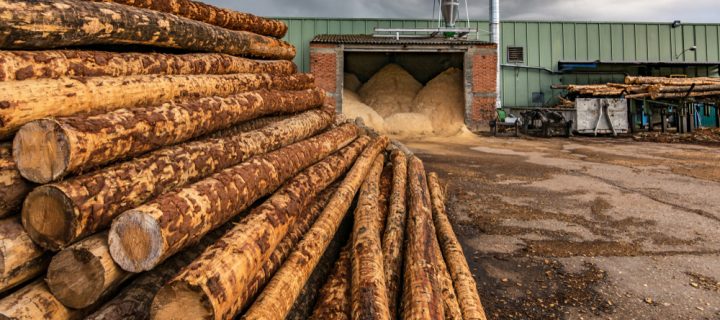Part of your new year’s resolution might have been to get a better night sleep. You might have done this by gracefully managing your sleeping arrangements. Should this be any different for your animals? We have recently touched on the importance of providing high quality equine bedding for your horses. So, why don’t we look at the importance of your quality cubicle bedding. Statista have advised that the amount of milk consumed by the British people has only increased year by year. Research conduct suggests that over 15 billion litres of milk were produced in 2021 alone to help satisfy the ever increasing demand. This perfectly illustrates the need to pay particular attention to your cattle’s wellbeing this coming year as we can only expect milk production to increase. Being an established company providing high quality cubicle bedding in Staffordshire, we have collected quite the plethora of information. We pride ourselves on ensuring your animal bedding is up to the best possible standard. Comfortable Bedding A commonly cited fact is that cows spend over 14 hours a day lying down. If your cows could tell you anything, we are pretty sure they would tell you they would love comfortable bedding. A run of cubicle bedding is designed to maximise comfort. This is evident by the fact that cubicle beds allow for ample sleeping space and the handy ability to lunge forward as they rise for feeding purposes. Alongside the fact that by providing them with one of our industry leading cubicle beds to maximise their comfort. This can also lead to increased milking production as lying down more comfortably helps blood circulation. Preventing Diseases Cattle are susceptible to a vast selection of diseases. These diseases include, but are not limited to: Babesiosis, Clostridiosis and Mastitis. Research has found that one of the most effective ways to to prevent these diseases is by providing your cows with clean top quality bedding. Agri-Dust & Agri-Soft Dust When improving your cow’s bedding arrangements you might want to consider what they are lying on. We have already advised that using inadequate soft dust can cause abrasions in your cow’s udder which will drastically affect your cow’s health. Luckily, we have two fantastic offerings...
Read Moreabout Why Cubicle Bedding is Important in 2022With sustainable fuels becoming more and more prevalent, it’s the perfect time to consider the benefits of using biomass fuel. Last week, we saw the government announce that algae, alcohol and household waste would power RAF fighter jets under the Ministry of Defence’s plan to slash carbon emissions. Along with the government’s plans to ban petrol and diesel cars by 2030, it seems that alternative fuel sources are the future. Therefore, we thought that we would look at five benefits of biofuel in our latest blog post. Less Greenhouse Gases It’s the obvious one, we know. However, it’s also one of the most important reasons that people tend to switch. Even though biofuels still emit some greenhouse gases, it’s much less than your traditional fuels. In fact, thanks to photosynthesis, biomass fuels only release the same amount of carbon into the atmosphere as was absorbed by plants in the course of their life cycle. This means that it is considered as CO2 neutral. If there are less greenhouse gases in the air, then we could slow the effects of global warming. Renewable Source of Energy One of the most important factors surrounding biomass fuel is that it’s a renewable source. This means that we can replace it as we use it, leading to an endless supply. Farmers can dedicate land to growing crops that will be intended for use as biofuel. This is a much better alternative to draining the Earth of it’s oils and natural gases which are all non-renewable sources of energy. More Cost Effective A lot of this comes down to the process of sourcing and producing the fuel. For fossil fuels, sourcing them requires drills, gas pipelines and fuel collection. However, the machinery needed to produce biomass fuel is much less expensive. These overheads are naturally reflected in the price of the product. Less Waste Polluting The Environment By giving this waste another purpose, you’re preventing it from being dumped in a landfill somewhere. Littering and the usage of non-degradable materials is unfortunately rife. Therefore, where there is an opportunity to re-use other materials, we should definitely try to. By working with P.H. Winterton and Son to get sawmill waste collections, you’re helping to save...
Read Moreabout Five Benefits Of Switching to Biomass FuelSawmill collection may be a service that we provide to you or it could be something that you’re considering. Either way, here at P.H. Winterton and Son, we like to be fully transparent with our customers about where their waste is going. One of the things that separates us from other collection companies is how we use the waste to positively impact on the planet. To find out how your waste is helping the environment, read ahead in our latest blog post. Animal Bedding We believe that all waste should be used rather than wasted. That’s why we recycle leftover sawmill and use it for other purposes. Thanks to our unique and highly reliable machinery, we can create the highest quality animal bedding if the quality is still to a high enough standard. Whether you’re looking for bedding for a cow, sheep, dog or guinea pig, our top quality recycled bedding will guarantee comfort, cleanliness and absorbency. To find out more, read our guide on animal bedding. Biomass Fuel Our equipment also allows us to create the highest quality biomass fuel supplies. In collaboration with Cheshire-based organic recycling specialists, CRJ Services, we have been able to produce around 25 tonnes of biomass per week. Biomass fuel is an organic material which is produced in a renewable manner to create heat or power. We produce two types of biomass fuel using grade A wood residue from our sawmill waste collections. These are split into the following two grades: P16 Grade – A smaller size of wood chip P35 Grade – A grade wood with no contaminants present These can then be burnt in a boiler for industrial heating and electricity. All of our biomass fuel is of the quality and specification required by the specialist sectors that we cater for. Thanks to CRJ’s expert knowledge and specialist machinery, we have been able to be a part of the Government’s Biomass Fuel Supplier List. Therefore, you can rest assured that you will receive the highest quality product, both quickly and efficiently. To find out more about how to use and purchase our biomass products, read our guide. Reducing Our Carbon Footprint By recycling our sawmill waste, not only are we reducing...
Read Moreabout What Happens To Your Waste After Sawmill Collection?For many years P.H Winterton and Son have been providing the finest quality of wood chip pellets which can be used as the sustainable energy source – biomass fuel. We first started producing biomass energy because joineries were struggling to dispose of surplus wood, and because of this, we were able to market this as a product and alternate energy source. Because of their low energy densities, biomass fuels have become one of our most popular products. We only use grade A wood residue from sawmill waste collections which can be burnt in a boiler for industrial heating and electricity. The wood pellets can also be used in specific stoves for the heating of homes. Why Should I Use a Pellet Stove? Here are six advantages of using a pellet stove – 1. Temperature Adjustment, Programming and Remote Control – Some models of pellet stove allow you to adjust the temperature with a remote control or a room thermostat. Other models can be programmed or operated daily or monthly via text message or a mobile app. The pellet stove will start to burn and go out without you having to do anything, depending on the programme you choose. 2. Up to 90% Efficiency – Pellet stoves can be up to 90% efficient, meaning only 10% of the energy generated by the wood pellets (biomass fuel) is lost in the chimney. 3. No Special Chimney Required – A pellet stove that is equipped with an active smoke extraction system, meaning there is no need for a special chimney because the combustion gases can be blown into an existing chimney. The smoke can also be extracted by using an ordinary thin tube that runs horizontally through an outer wall, even when it is kinked. 4. Autonomy from 12-36 Hours – The pellet reserve in your wood pellet stove has an autonomy of roughly 12 hours at full power. This means your stove must be filled manually once or twice a day. 5. Convenient and Cheap Fuel – P.H Winterton’s biomass fuel is extremely cost-effective compared with other fuels. The consumption of pellets depends on the size and insulation of the room to be heated, on the heating time plus the desired...
Read Moreabout The Importance of Biomass Fuel Wood PelletsWood waste is the final unwanted product from sawmills plus lumber-jacking and branch pruning. If you are unsure what to do with your unwanted excess timber, don’t worry as P.H Winterton offer a sawmill waste collection service. Industries that contribute to the creation of wood waste include furniture, sawmill, pulp and paper, plywood mills and particleboard mills. For this blog, we are going to explain the different types of wood waste and how it should be stored. The Different Types of Wood Waste There are four main types of wood waste, which are problem wood waste, used wood, scrap wood plus natural wood waste. Examples of problem wood waste are unwanted laminated, wood waste with preservative agents is a blend of problem wood waste and regular wood. Used wood waste consists of deserted wooden building portions, wooden furniture and wood waste from materials like colour pallets. Scrap wood waste is produced in workshops by carpenters, furniture factories, construction sites plus sawmills. Natural wood waste is leftover sawdust and remaining wood pieces from logging activities. Best Storage Methods for Wood Waste Waste collecting bins are pile-up stations of different sizes, shapes and materials which help reduce the spread of litter. Different types of waste collecting include localised containers, centralised bin stations, waste transfer carts or transfer balers and waste yard dumpsters. Localised containers are also known as desk-side bins and are individual refuse bins whose purpose is to increase the efficiency of waste handling. They encourage people to keep their rubbish organised and promotes the recycling of wood waste. Centralised bin stations are placed in strategic points and are the recipients of waste that are assembled from the localised containers. Most furniture workshops have this type of bin in their hallways and corridors which stores wood waste from employees’ work stations. Their main purpose is to receive refuse from centralised stations and move or cut them if it is a transfer baler. They are large containers that carry more waste and are more economical when compared to buying a number of high traffic containers. The refuse yard dumpster is the final designated point to store large amounts of waste and are mostly huge and receive tonnes of wood waste from...
Read Moreabout Preparing for Sawmill Waste Collection
